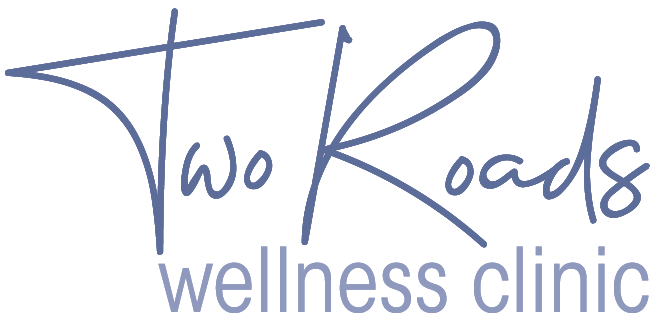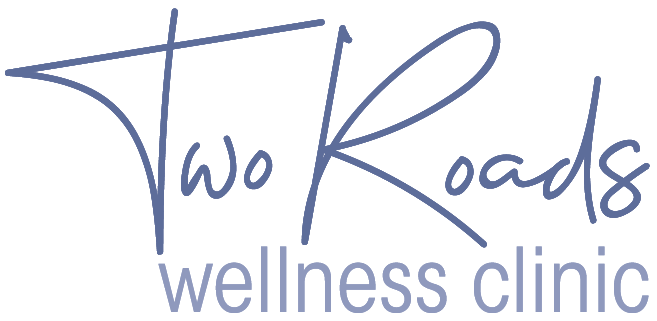How to Build Your Personalized Wellness Plan: A Step-by-Step Guide
How to Build Your Personalized Wellness Plan: A Step-by-Step Guide
The concept of wellness goes beyond just physical health. It encompasses mental clarity, emotional balance, spiritual peace, and the overall well-being of your body, mind, and soul.
A personalized wellness plan is a powerful tool to guide you toward living a more fulfilling and balanced life. Whether you’re looking to improve your physical fitness, boost mental health, or explore alternative healing practices, having a plan tailored to your unique needs is essential.
Step 1: Assess Your Current Health and Wellness
Before you create a wellness plan, it’s important to get an honest assessment of where you currently stand. This includes both physical and mental health.
Consider the following areas of your holistic health:
Physical Health: Do you feel fatigued, or are you managing chronic conditions? How’s your energy, sleep, and fitness level?
Mental Health: Are you experiencing stress, anxiety, or mental fatigue? Are you feeling fulfilled in your day-to-day life?
Emotional Well-being: Do you feel emotionally balanced, or are you experiencing mood swings, irritability, or feelings of overwhelm?
Spiritual Wellness: Do you feel connected to your inner self, nature, or a higher power? Do you practice mindfulness, meditation, or other spiritual rituals?
Social Connections: Are you satisfied with your relationships and social connections? Do you feel supported by your community?
Take the time to reflect on these areas and make note of any areas that require attention. A journal can be a helpful tool for capturing thoughts and feelings during this self-assessment process.
Step 2: Define Your Wellness Goals
Once you’ve identified where you currently stand, it’s time to set specific, measurable, and achievable wellness goals. Think about what you want to achieve in each area of your life.
Here are some wellness goal examples:
Physical Health: Increase physical activity by 30 minutes a day, improve sleep quality, or manage a chronic condition through diet and exercise.
Mental Health: Reduce stress by practicing mindfulness, meditation, or journaling for 10 minutes every morning.
Emotional Well-being: Enhance emotional resilience by connecting with loved ones regularly and incorporating self-care practices into your routine.
Spiritual Wellness: Engage in a weekly mindfulness meditation session or nature walk to deepen your spiritual connection.
Social Connections: Strengthen relationships by scheduling regular meetups with friends or joining a community group that aligns with your values.
Be sure to make your goals SMART (Specific, Measurable, Achievable, Relevant, and Time-bound). This will help keep you on track and motivated as you work toward achieving them.
Step 3: Blend Conventional and Alternative Practices
Your wellness plan should be a balanced mix of conventional practices (science-backed, mainstream approaches) and alternative or holistic practices (approaches that focus on mind-body healing). Here’s how you can incorporate both:
Conventional Practices:
Physical Activity: Aim to include regular physical exercise in your routine, such as strength training, cardio, or yoga (click to check out our current yoga class offerings). The American Heart Association recommends at least 150 minutes of moderate exercise per week.
Nutrition: Focus on a balanced, nutrient-dense diet that supports overall health. This may include consulting with a nutrition health coach to tailor a meal plan specific to your needs.
Sleep Hygiene: Create a bedtime routine that prioritizes rest, like reducing screen time before bed, maintaining a consistent sleep schedule, and ensuring your sleep environment is comfortable.
Mental Health Care: Seek professional help for mental health concerns, such as therapy or counseling, to manage stress, anxiety, and other emotional challenges.
Regular Check-ups: Schedule annual check-ups with your healthcare provider to stay on top of any health concerns and get necessary screenings. Check out our primary care options.
Alternative Practices:
Mindfulness & Meditation: Incorporate mindfulness practices such as meditation, deep breathing, or yoga. These practices are proven to reduce stress, increase emotional resilience, and improve overall well-being.
Herbal Remedies: Explore the use of herbal supplements to support mental clarity, digestion, immunity, or sleep. Consult with a licensed herbalist to ensure safety and effectiveness.
Energy Work: Practices like Reiki or acupuncture can help balance the body’s energy and promote healing. If you’re open to energy work, seek a certified practitioner in your area.
Aromatherapy: Essential oils such as lavender, peppermint, or eucalyptus can help alleviate stress, improve sleep, and boost mood. Incorporate them into your daily routine through diffusers, topical application, or baths.
Nature Therapy: Spending time in nature is an excellent way to restore balance to the mind and body. Whether it’s hiking, gardening, or simply walking barefoot in the grass, connecting with the natural world can promote feelings of peace and clarity.
Step 4: Create a Daily and Weekly Routine
Now that you’ve defined your goals and blended conventional and alternative practices, it’s time to map out a daily and weekly routine. Having structure in your wellness plan will help ensure that you stick with it.
Sample Daily Routine:
Morning: Start your day with a 10-minute meditation or gratitude practice. Follow this with a healthy breakfast that includes protein, whole grains, and fruits/vegetables. Engage in 20–30 minutes of exercise, like a brisk walk or yoga session.
Midday: Take short breaks throughout the day to reduce stress. Consider a 5-minute breathing exercise to reset. Eat a balanced lunch, such as a salad with lean protein and healthy fats.
Afternoon: Continue with work or daily tasks, but remember to take breaks to stretch or step outside for fresh air. Drink water regularly to stay hydrated.
Evening: Wind down with a relaxing evening routine—turn off screens an hour before bed, enjoy a warm herbal tea (such as chamomile), and engage in a mindfulness practice like journaling or reading.
Sample Weekly Routine:
Monday – Friday: Stick to your daily routine, focusing on consistent physical activity and mental well-being practices.
Saturday: Dedicate time for self-care, such as a spa day at home with essential oils, bath salts, and gentle stretching. Take a nature walk or attend a yoga class to connect with your body.
Sunday: Rest and reflect on your week. Plan your meals for the upcoming week, ensuring you have a healthy supply of foods that support your wellness goals.
Step 5: Track Your Progress and Adjust as Needed
As you embark on your wellness journey, tracking your progress is key. Create a system to monitor your goals and check in with yourself regularly. This could be through journaling, using wellness apps, or setting reminders to reflect on how you’re feeling.
If you notice any areas where you’re struggling, it’s okay to adjust your plan. Wellness is a lifelong journey, and it’s important to remain flexible and kind to yourself.
Final Thoughts on Building Your Personalized Wellness Plan
Building your personalized wellness plan is an empowering process that allows you to take charge of your health and well-being. By incorporating a mix of conventional practices and alternative healing methods, you’re creating a holistic approach that nurtures every aspect of your life. With patience, consistency, and self-awareness, you’ll be well on your way to living a balanced, healthy, and fulfilling life.
Related Wellness Resources
Integrative Wellness Related Posts
About Two Roads Wellness Clinic®
Two Roads Wellness Clinic® is an integrative wellness clinic. We truly believe in whole-person wellness and see more than just a list of symptoms.
Two Roads Wellness Clinic® is an integrative health clinic providing mental health services, primary care, convenient care, nutrition support, massage services, life coaching, physical therapy, infrared sauna, IV therapy, yoga, esthetics, emotional support animals, community outreach and education, and more.
With 4 convenient locations, our practice serves those in and around both Champaign and Vermilion counties. Our newest location is in Covington, Indiana
We provide counseling services for adults, children, couples and families, as well as mental health medication management and support, primary care services (with an easy membership option if preferred), groundbreaking GeneSight testing to determine the best medications for you, massage services, and nutrition support — including genetic testing and personalized plans.
Like the Robert Frost poem our name is based on, we want to help you find the path that makes a difference in YOUR life.
“Two roads diverged in a wood, and I—
I took the one less traveled by.
And that has made all the difference.”Robert Frost, “The Road Not Taken”
Interested in our services? Click below to contact us.






